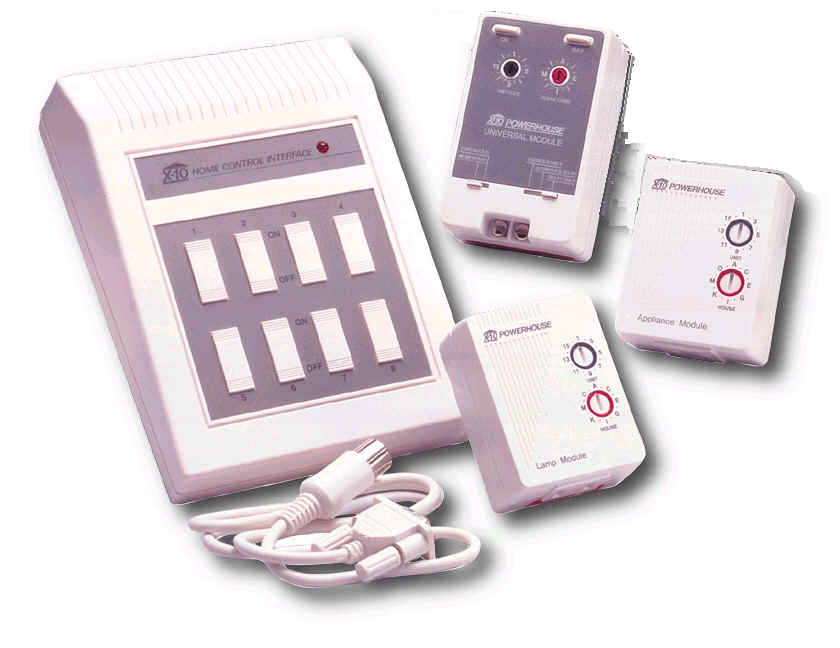I'll settle for one that's slightly-less dumb.
The recent press reports about Apple's entry into Home Automation have motivated me to share what I've done in this space. So many other vendors have tried, and failed, to get a foot hold in this space, I have to wonder if Apple will be successful?
Even though Apple's products are rumored and still under wraps, three things are highly likely: first the UI will be slick, impressive and amazing -- second -- their system will be closed, proprietary and -- third -- their product will be expensive.
In order to understand where we are, it's worth looking into where we came from.
In the Beginning
Back in 1975, a Scottish company, Pico Electronics, created a technology that allowed a homeowner to control their lights and appliances. They called their product, and protocol, X10.
X10 used the electrical wiring in the home to send commands to lights and appliances. You could turn lights on, off or dim them up and down. You could turn appliances on and off. All that was required was a module and a controller.
One of these:
And one of these:
A few years later, a device arrived that allowed your home computer to control the modules. This device was called the CP-290 Controller. And it came with DOS based software that talked to the CP-290 over a serial connection at 300 baud.
Let's wind down the history lesson with a few key points about this technology:
- It was amazingly inexpensive
- It was, if not completely open, hackable and understandable by resourceful engineers
- It endured, and still does
- It was sort of reliable - it usually worked, but not always
- It was expandable, motion sensors, wireless controllers, alarm systems and cameras were added
- It was sort of unreliable - it usually worked
- It required no special wiring, no special infrastructure needs
- It was unreliable - it usually failed when you really needed it to work
- You could easily spend $100 or more on things in an attempt to make it more reliable
- It was unreliable -- and became even more so when modern appliances were plugged in
Thirty-Nine Years Later
Obviously quite a bit has changed in forty years, but with respect to Home Automation - what are some key milestones?
- The Internet
- Smart Phones, smart remotes
- Wireless technology - from Bluetooth to 802.11(x)
- Open source software
- Widely accepted, standardized, interface approaches
Continue on to the next post: The Heart of the Matter!



No comments :
Post a Comment